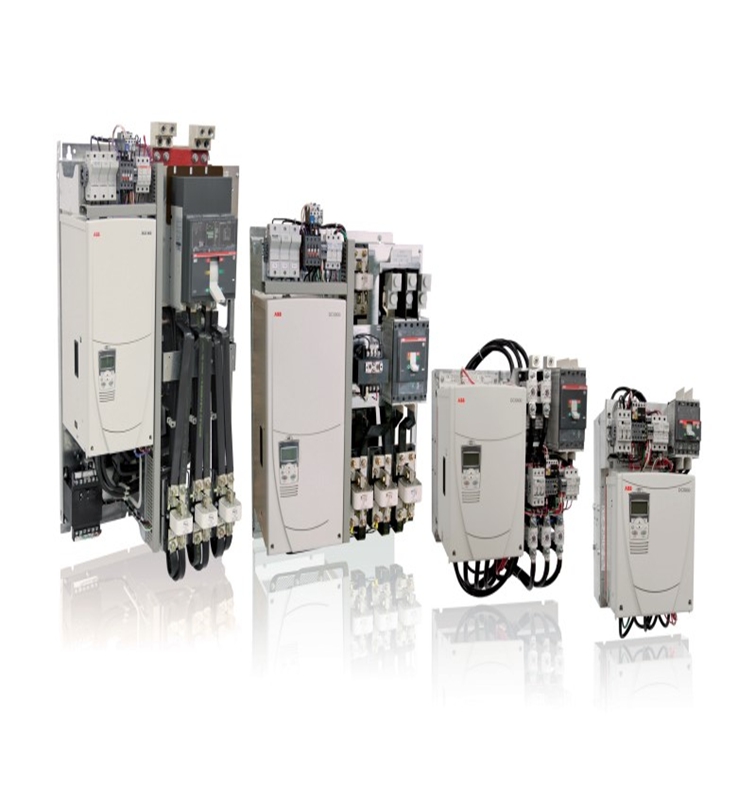Reliance 802285-81 Power Board
Brand:RELIANCE Model number:802285-81
Country of origin: United States Product weight:0.55kg
HS code:9032899099
Product Details:
Product Dimensions:
A Power Board in a large electrical system, such as those found in power plants or major industrial facilities, is a centralized assembly designed to manage, distribute, and protect electrical power. It's a critical piece of infrastructure that ensures the reliable and safe operation of the entire electrical network.
Functionality: Power boards act as the nerve center for electrical distribution. They take incoming power (often from transformers or generators) and distribute it to various outgoing circuits, ensuring that each part of the system receives the correct voltage and current. They also integrate protection mechanisms to safeguard equipment from overcurrents, short circuits, and other electrical faults.
Components: A typical power board integrates several key components:
Switchgear: This includes circuit breakers (for interrupting current during faults or for maintenance), disconnect switches (for isolating circuits), and fuses (for overcurrent protection).
Busbars: Heavy-duty metallic conductors that carry large amounts of current within the board, efficiently distributing power to different sections.
Protection Relays: Intelligent electronic devices that continuously monitor electrical parameters (voltage, current, frequency) and initiate protective actions (like tripping a circuit breaker) when abnormal conditions are detected.
Metering and Monitoring Devices: Instruments to measure and display electrical quantities (volts, amps, kilowatts, power factor) for operational monitoring and energy management.
Control Devices: Manual switches, push buttons, and indicator lights for local operation and status indication.
Current and Potential Transformers (CTs/PTs): Devices that scale down high voltages and currents to safe, measurable levels for protection and metering equipment.
Enclosure: A robust metal cabinet that houses all components, providing physical protection from the environment and ensuring safety for personnel by preventing direct contact with live parts.
The parameters of a power board are highly customized to its specific application within a power system.
Voltage Rating: The nominal operating voltage for which the board is designed (e.g., Low Voltage: 400V, 690V; Medium Voltage: 3.3kV, 11kV, 33kV; High Voltage: 66kV, 132kV, 400kV).
Current Rating: The maximum continuous current the busbars and components can safely carry (e.g., hundreds to several thousands of amperes).
Short-Circuit Withstand Current: The maximum fault current the board can safely withstand for a specified duration without structural or electrical damage.
Frequency: Typically 50 Hz or 60 Hz.
Insulation Level: Dielectric strength to withstand voltage surges.
Ingress Protection (IP) Rating: Level of protection against dust and water ingress (e.g., IP4X for indoor, IP54 for outdoor/dusty environments).
Dimensions and Weight: Highly variable depending on the capacity and complexity.
Material: Usually sheet steel, but can include specialized alloys.
Standards Compliance: Designed and manufactured to adhere to international standards (e.g., IEC 61439, ANSI/IEEE) and local electrical codes.
Communication Interfaces: Modern power boards often integrate with SCADA or plant control systems via protocols like Modbus TCP/IP, IEC 61850, or Profibus.
Enhanced Safety: Designed with robust enclosures and protective devices to isolate faults and protect both equipment and operating personnel.
Reliable Power Distribution: Ensures stable and continuous supply of electricity to various loads, crucial for maintaining operational uptime.
System Protection: Integrates sophisticated relays and circuit breakers to rapidly detect and clear electrical faults, preventing widespread damage.
Efficient Operation: Centralized control and monitoring capabilities improve operational efficiency and allow for optimized energy management.
Modularity and Scalability: Many designs allow for easy expansion or modification to accommodate future load growth or system changes.
Durability: Built to withstand harsh industrial environments, ensuring a long operational lifespan.
Application Specificity: The design and components of a power board must be meticulously matched to the specific voltage, current, load characteristics, and environmental conditions of its intended application.
System Integration: Proper integration with upstream power sources and downstream loads is critical for seamless and safe operation.
Regulatory Compliance: Adherence to all national and international electrical safety codes, standards, and utility requirements is mandatory.
Maintenance Requirements: Access for routine inspection, testing, and maintenance of components (like circuit breakers and relays) must be factored into the design and installation.
Future Expansion: Consider potential future load increases or system modifications during the design phase to allow for easy scalability.
Commissioning and Testing: Thorough factory and site acceptance testing is essential to verify proper functionality and safety before energization.
These types of power boards are fundamental to the operations of companies like Reliance Power, and are used extensively in:
Power Generation Plants:
Main Switchgear: For connecting generators to the transmission grid.
Auxiliary Power Distribution: Supplying power to internal plant equipment (pumps, fans, motors, control systems).
Unit Control Panels: Managing specific generator units or sections of the plant.
Transmission and Distribution Substations:
High Voltage Switchyards: For controlling and protecting transmission lines.
Distribution Panels: Stepping down and distributing power to local networks.
Large Industrial Facilities:
Main Distribution Boards (MDBs): Central points for distributing power throughout a factory or industrial complex.
Motor Control Centers (MCCs): Centralized panels for controlling and protecting multiple electric motors.
Commercial Buildings:
Main Electrical Panels: Distributing power to various floors and sections.
Infrastructure Projects:
Pumping Stations: Controlling pumps for water, wastewater, or irrigation.
Transportation Hubs: Managing power for rail systems, airports, or port facilities.

We have the same series of models in stock. If you don't find the model you need, please contact us and we will provide you with an official quotation!
RELIANCE ELECTRIC 801421-2R
RELIANCE ELECTRIC 801429-4RD
RELIANCE ELECTRIC 801429-5RE
RELIANCE ELECTRIC 802220-SG
RELIANCE ELECTRIC 802267-251T
RELIANCE ELECTRIC 802285-81
RELIANCE ELECTRIC 803456-8RA
RELIANCE ELECTRIC 805401-5R
RELIANCE ELECTRIC 805403-2R
RELIANCE ELECTRIC 84543-108A
Colour:new Warranty: 12 months
Lead Time:3-day working day Price: Please contact us
Shipping Port: Xiamen, China Payment:T/T
Express cooperation: fedex, DHL, UPS and your express account
Service: Professional Sales provides 24 hours /7 days online service
Our service:

Fast delivery, and can be used with your express account.

Competitive Price

Free Shipping

One-year warranty